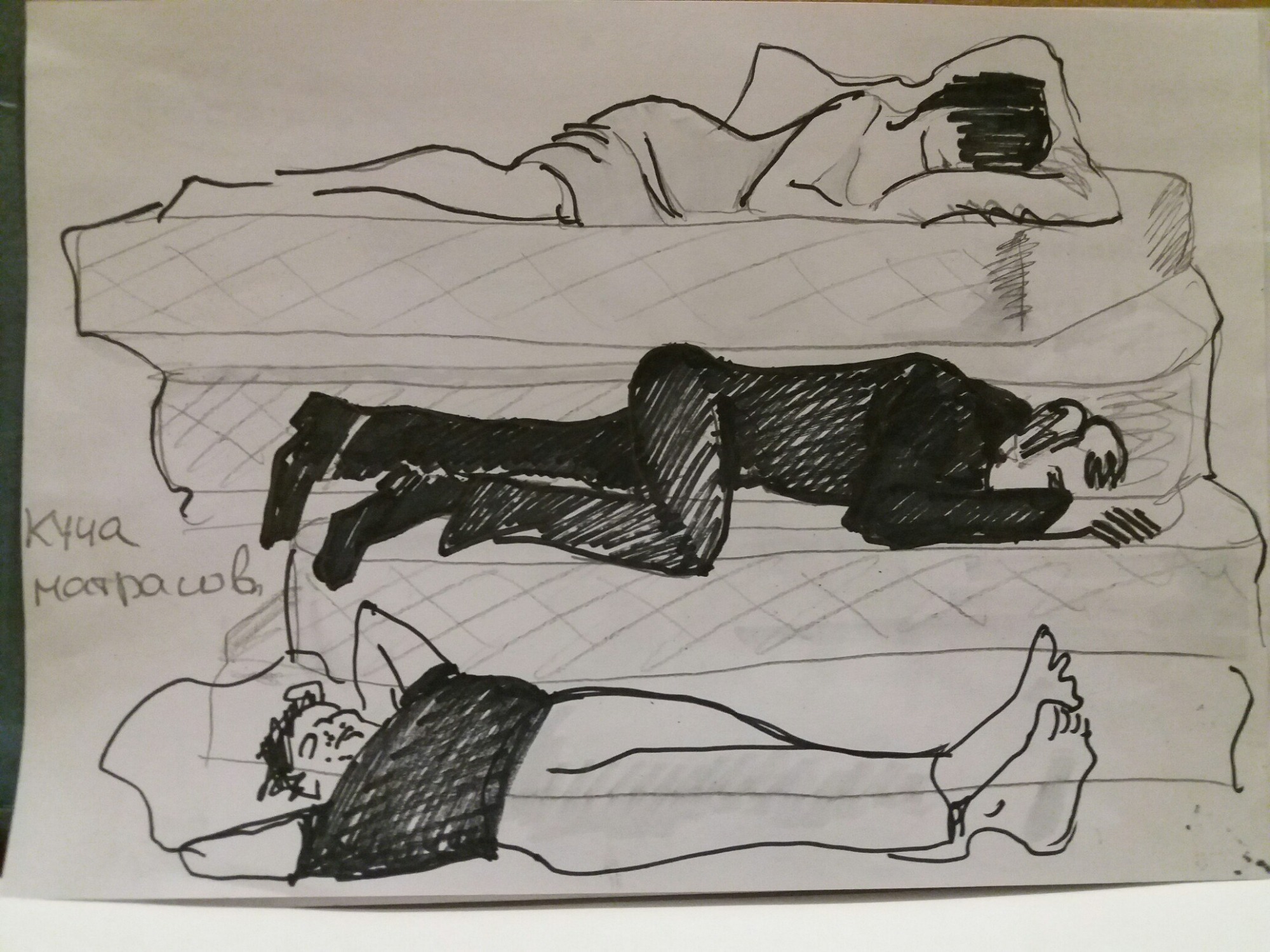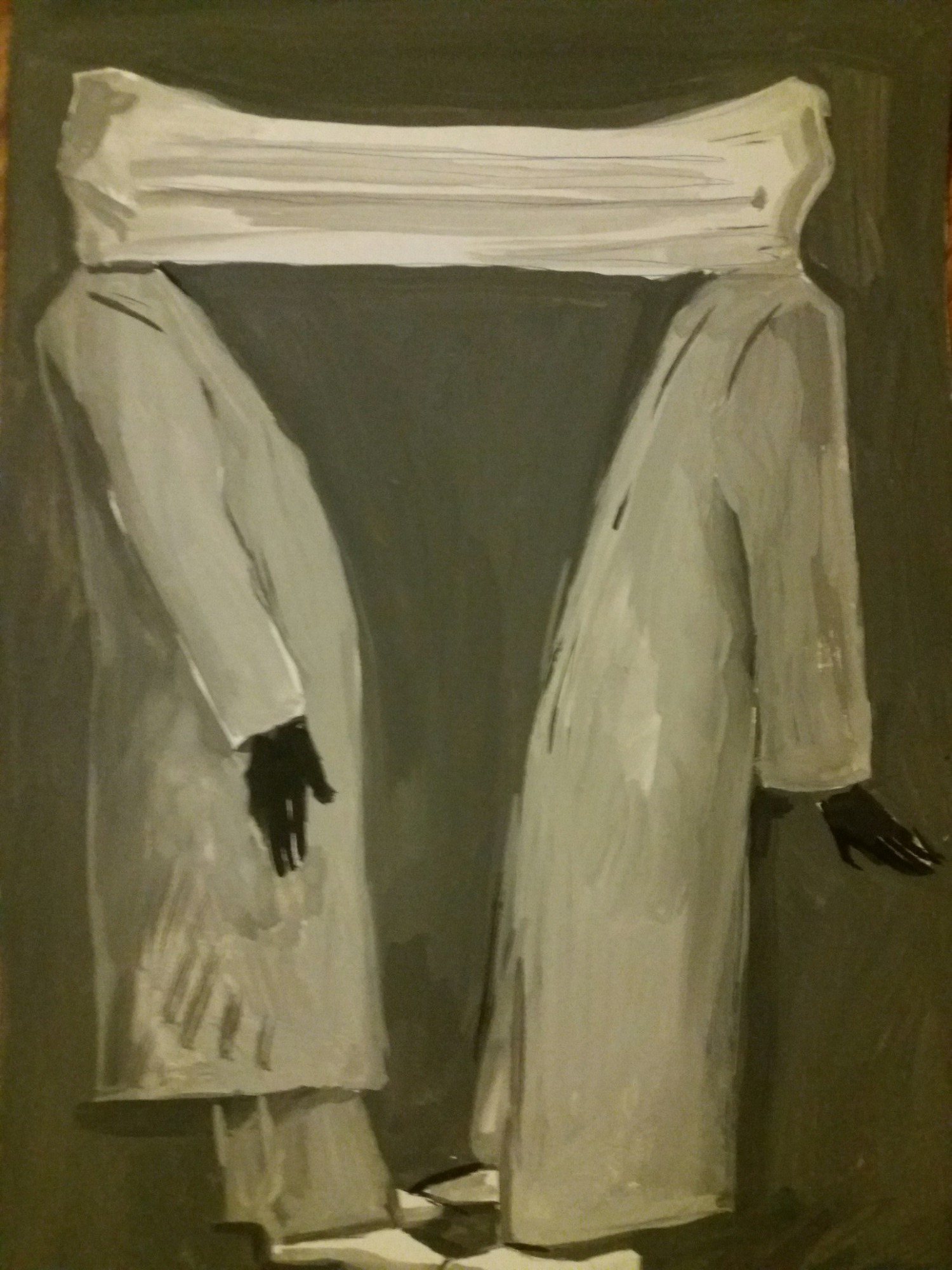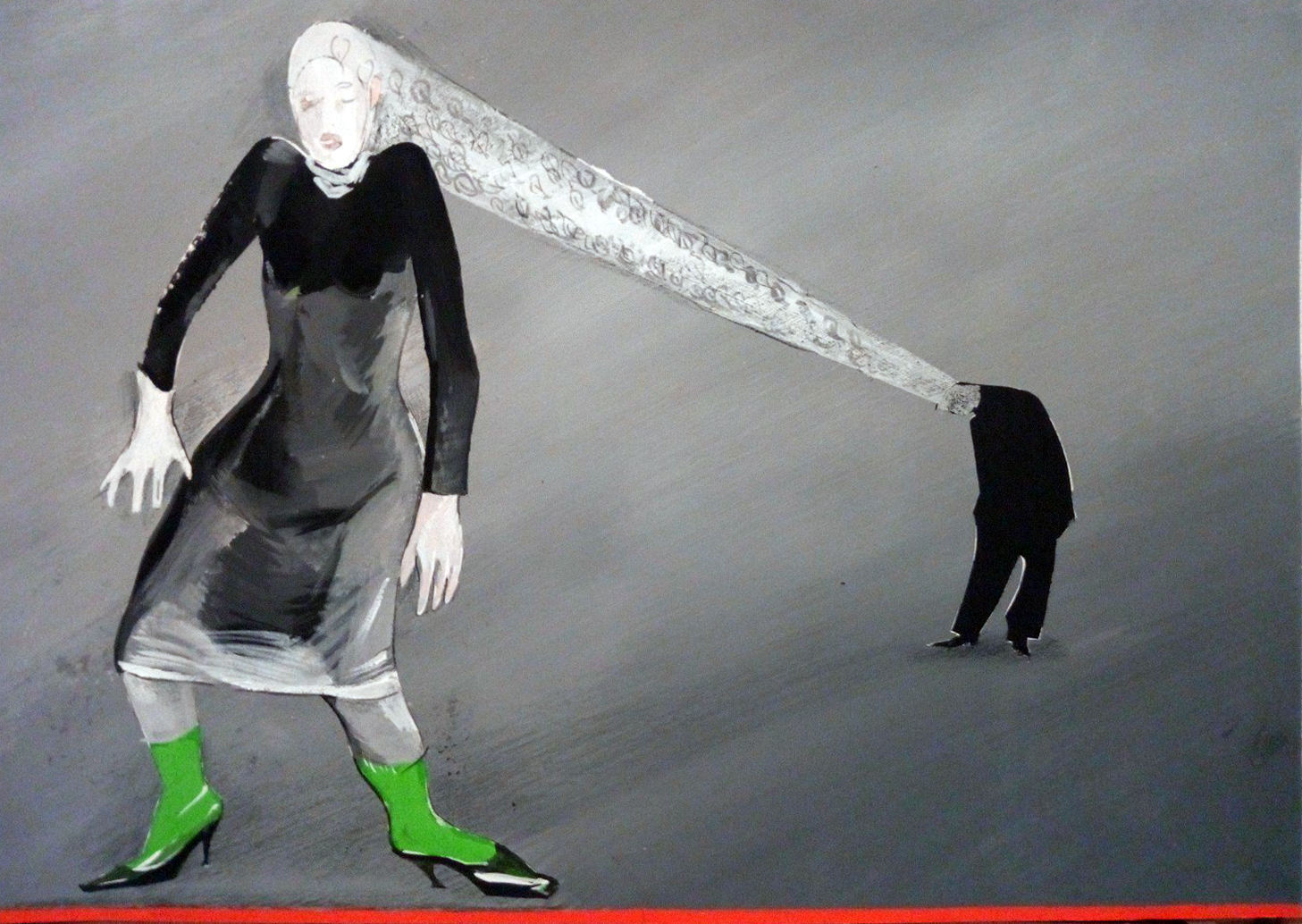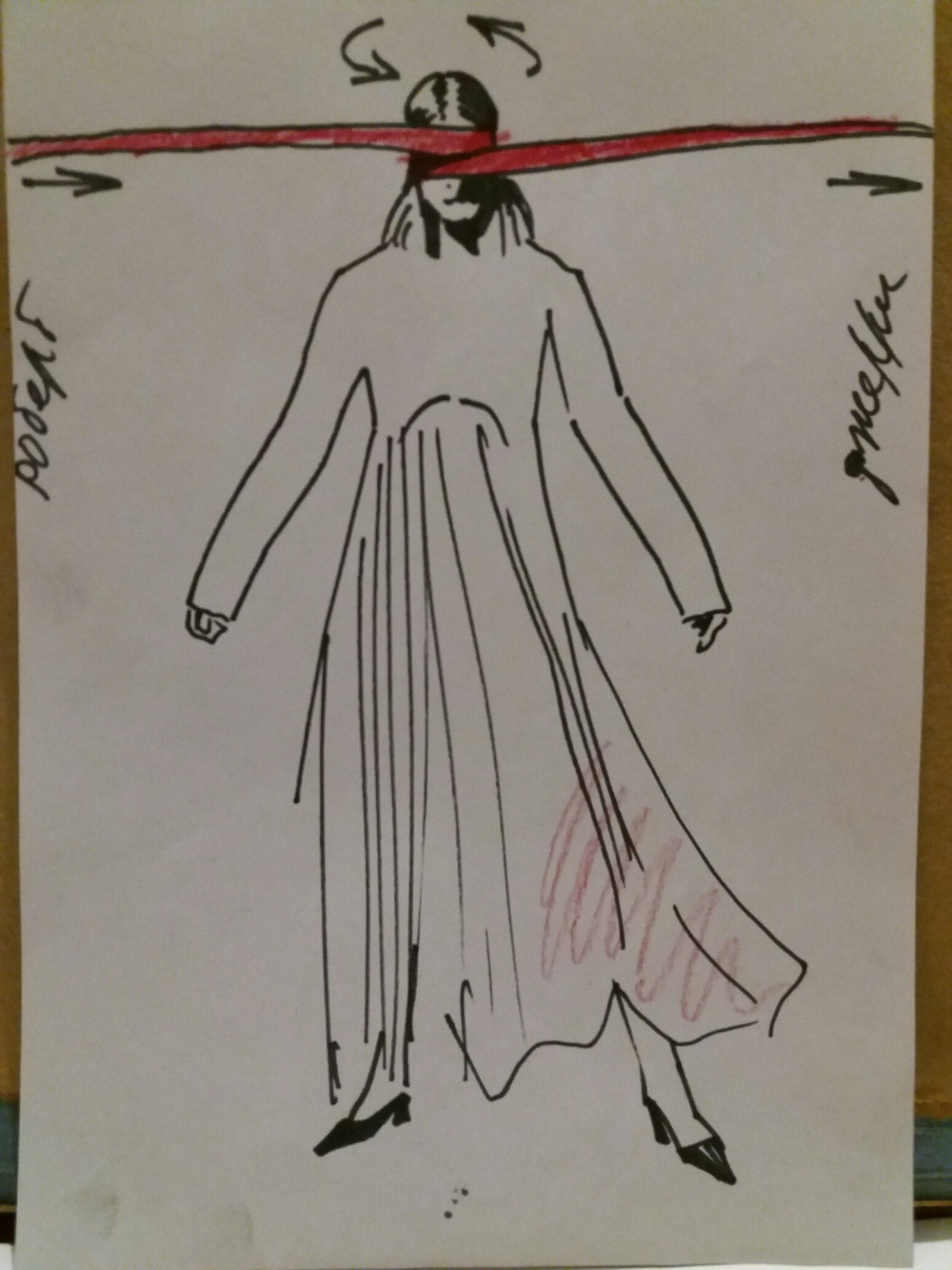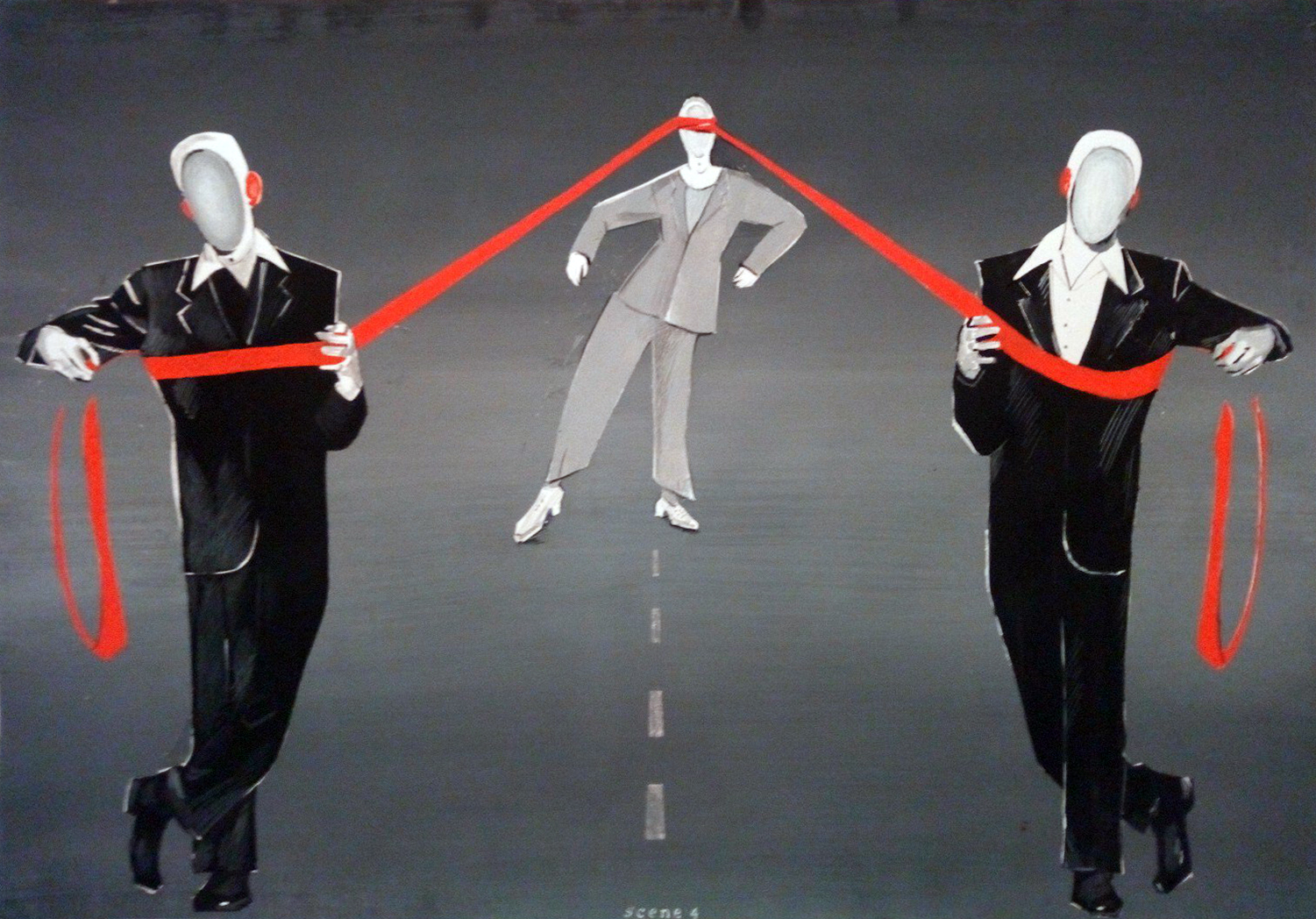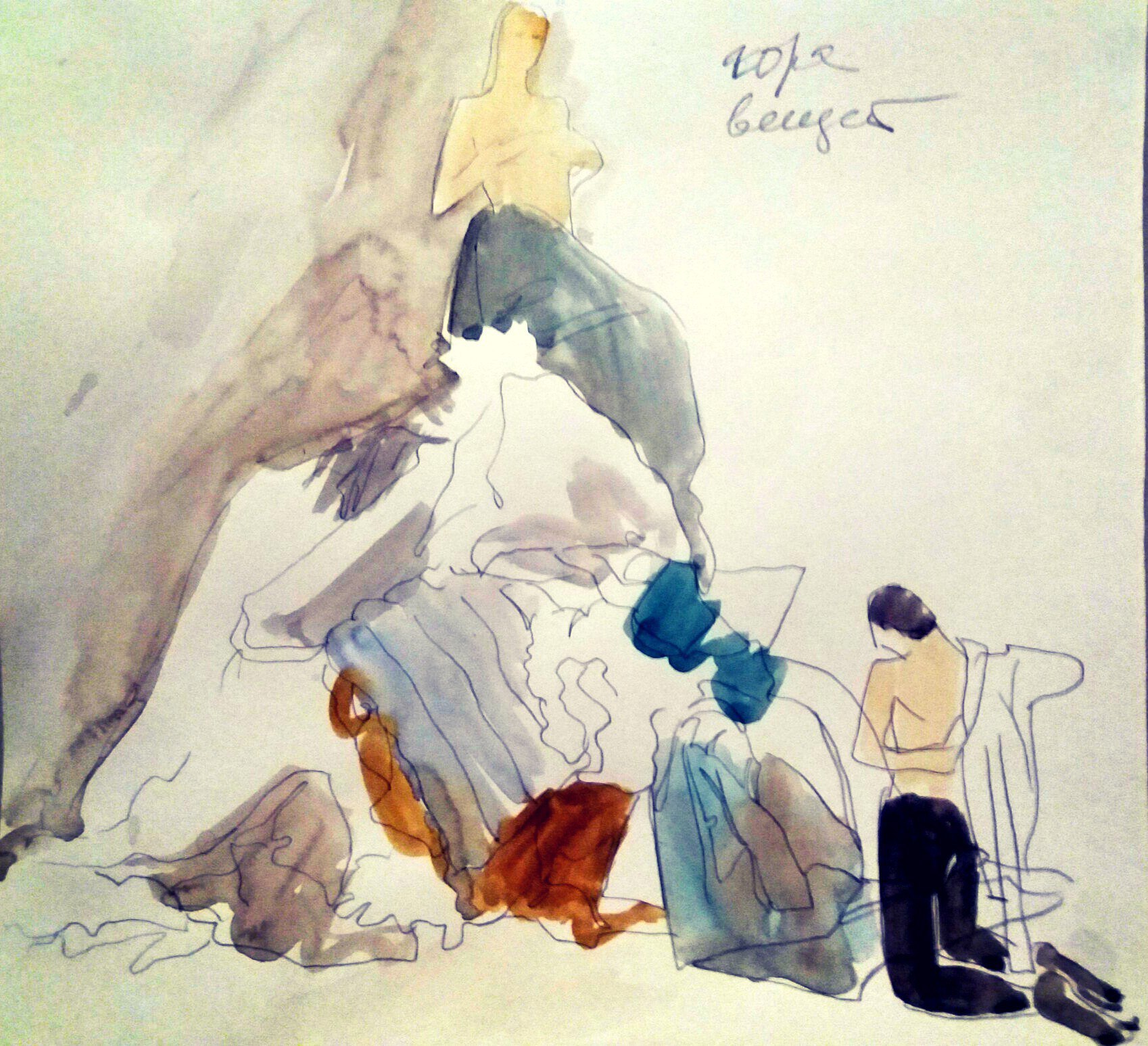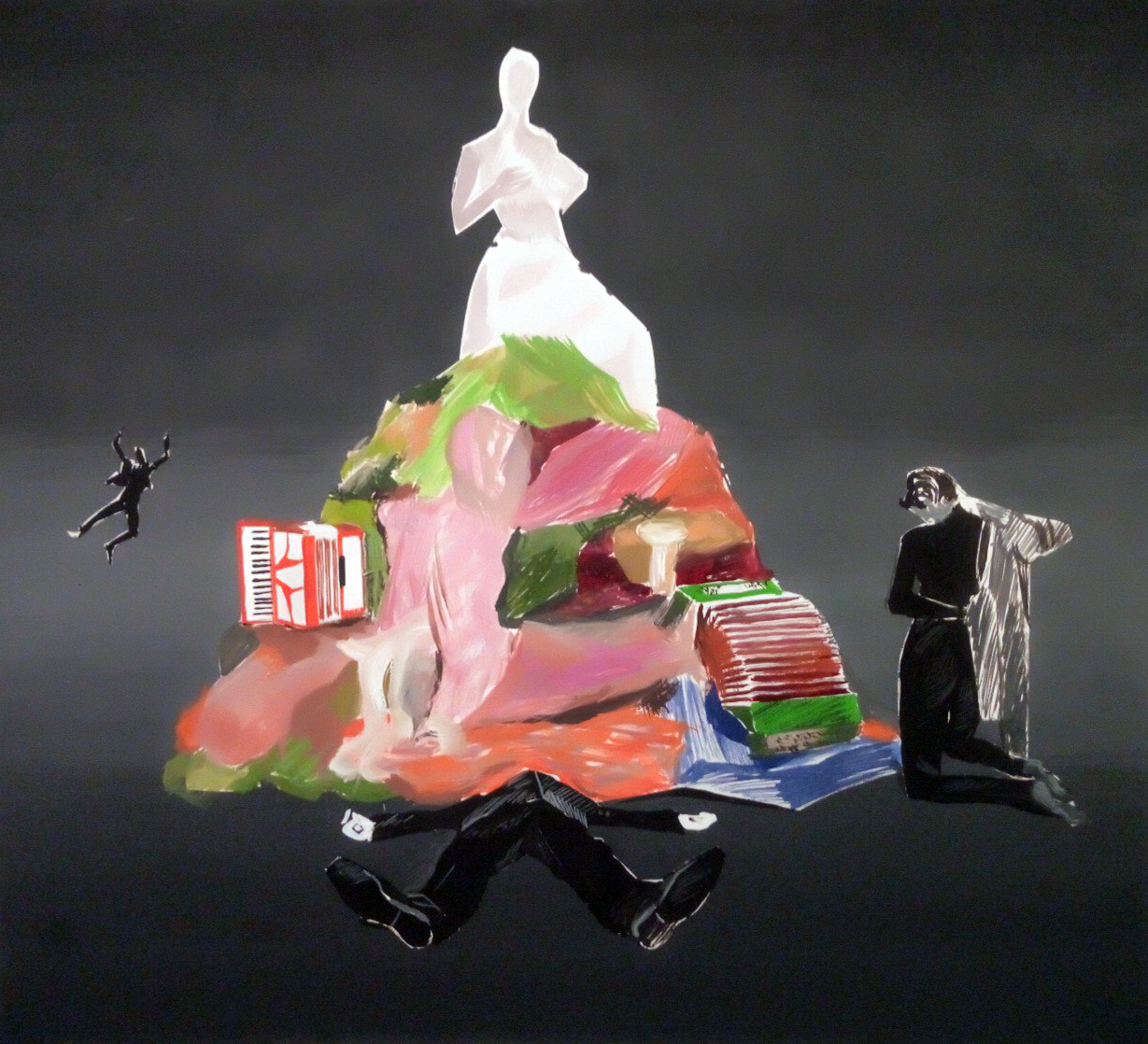What are the possible innovative methods to be developed when aiming towards justifying a non-totalitarian and non-autocratic dimension of the profession?
Date of birth – 20. 12. 1989
City of Residence – Warsaw, Poland
Professional preparation:
2019–(2023) – doctoral student at National Higher School of Film, Television and Theatre named after Leon Schiller in Lodz, Poland
2011–2016 – Russian State Institute of Performing Arts (ex-Saint-Petersburg State Theatre Arts Academy), class of professor Veniamin Filshtinsky. Major: directing/acting/teaching.
Teaching experience (selected):
2020, 2019, 2018 – workshop at School of acting ETI in Berlin, Germany
2019 – workshop at Civica Accademia d’Arte Drammatica named after Nico Pepe in Udine, Italy
2018 – workshop at National Higher School of Film, Television and Theatre L. Schiller in Lodz, Poland
2017 – workshop in PWST im. L. Solskiego in Cracow, Poland
2015, October – workshop during the UWE festival in Munich, Germany
2015, July – workshop during the European Young Theatre (part of “Dei due Mondi”) festival in Spoleto, Italy
2015, April – workshop during the Setkání/Encounter festival in Brno, Czech Republic
2014 – nine-day intensive workshop in “Zagłębia” theatre in Sosnowiec, Poland
2012 – workshop in Nowy Theatre in Poznań, Poland
Directing works (selected):
2020 – “Coronation” (M. Modzelewski; Studio STA, Poznan, Poland)
2018 – “Betrayal” (by H. Pinter; Institute theatre on Mokhovaya street, St. Petersburg, Russia)
2017 – “Out of coverage area” (by P. Wüllenweber; TYUZ A. A. Bryantseva, St. Petersburg; special prize of the expert council of the Highest Theatre Prize of St. Petersburg “Golden sofit” for the debut of Anna Migizko)
2014 – “I, Iago” (based on “Othello” by W. Shakespeare; solo performance, international theatre project)
Festivals, laboratories, conferences, awards (selected):
2017 – “/Not/Innovative methods of working with students” report on the “In search of the method” conference in AST im. S. Wyspiańskiego in Cracow, Poland
2017 – special prize of the expert council of the Highest Theatre Prize of St. Petersburg “Golden sofit” (“Zolotoj sofit”) for the debut of Anna Migizko, the role of Hertruda)
2016 – Setkání/Encounter festival – “I, Iago” solo performance based on “Othello” by W. Shakespeare; international theatre project (Brno, Czech Republic)
2014 – European Young Theatre festival (part of Dei Due Mondi festival) – “I, Iago” solo performance based on “Othello” by W. Shakespeare; international theatre project (Spoleto, Italy)
2013 – “The tale of a Fisherman and the Fish. The Fantasy” by A. Pushkin – Best Actor Award at XI. International Directing Workshops at Shchukin’s Institute (Moscow, Russia)

